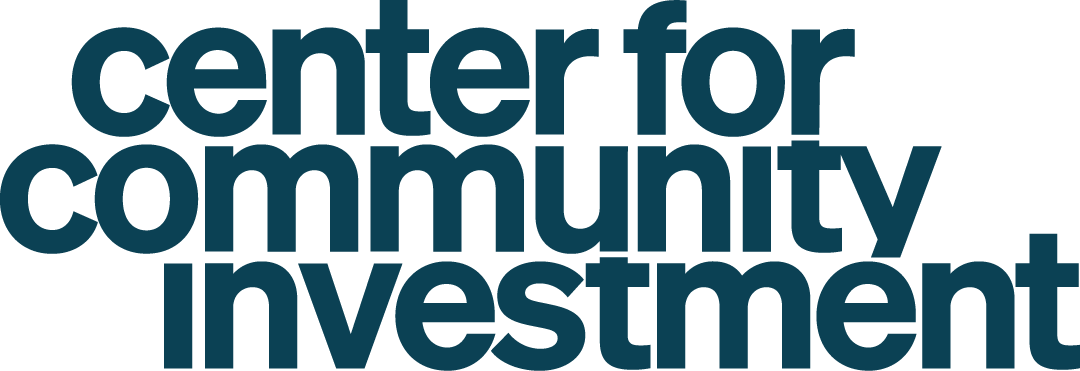As in many places across the country, housing affordability is a growing problem in my hometown of Dallas, Texas. In Dallas, we need tens of thousands of units of for-sale and rental housing to address the imminent need for housing affordability, and the number of developers who are both willing and sufficiently resourced to take on the challenge are declining. But even in this difficult market, a cohort of community-oriented developers of color are driven to build their livelihoods using real estate to revitalize their own historically under-invested neighborhoods. In a field built on a racially inequitable foundation, this work takes hustle, creativity – and connection.
The Community Developers Roundtable (CDR) is a collective network and capacity-building initiative for established, diverse, nonprofit and for-profit community-oriented real estate developers. We are working to build Dallas/Fort Worth’s (DFW) community development ecosystem through a developer-led structure that provides ongoing feedback and accountability. The program provides access to critical capital to fund innovative and impactful community-oriented real estate projects, while supporting growth of participants’ organizational capacity.
The CDR started as a two-year pilot from 2022-24 from an initial raise of $1.7 million in grant/debt capital. Its growth and strategy has benefited tremendously from support from the Center for Community Investment (CCI) team, through my participation in the Fulcrum Fellowship.
Within the first 9 months of pilot, the CDR increased the pipeline of affordable units in Dallas from 730 to 842 affordable housing units and 9 to 15 commercial projects; increased their collective voice via 11+ media features; increased opportunities to leverage other City funds (i.e. City of Dallas’s $100M Opportunity Housing Fund); and deployed $450,000 of the $1M Predevelopment Fund. These are just a few of the highlights from our 2022-2023 Impact Report written in partnership with CCI Field Catalyst, Mary Kay Bailey, that allows us to demonstrate the roundtable’s tangible impact, even with a short-term investment.
Additionally, we took away broader lessons about how funders and lenders should be thinking about serving developers of color that have a heart for community revitalization.
- Don’t undervalue existing experience in POC Developers – Supporting businesses and developers of color is often considered charity work because of their perceived lack of funding, knowledge, and/or resources. Yet many have existing experience. CDR members had at least two years’ experience, with deals completed and financing secured. Developers of colors’ experiences are often rooted in self-education, grind, and necessity, differing from the corporate context that often signifies success. Supporting developers of color with capital access and technical assistance is only successful when the support values their existing experience and how they want to grow.
- Investing in their small teams increases sustainability – Our developers had trouble accessing resources to support their internal teams. With a rapid real estate market in DFW, the talent pool is expensive and often financially inaccessible. But many people without traditional real estate experience are interested in developing affordable housing or community-oriented commercial space in their own neighborhoods. As a result, many organizations need resources to grow their own talent. One of our most impactful resources was a matching stipend for developers to invest in their teams.
- Intentionally building trust equates to more capital – Capital tends to flow where trust and relationships have been built, so we were intentional about bringing our partners, sponsors, and developers together for one-on-one networking opportunities. We also built relationships with several local news outlets to do features on the CDR and individual developer features. As a result, potential partners like developers and capital providers found legitimacy in the CDR Developers work because there were multiple touchpoints for context of their work and impact.
- Structuring capital should be ever-evolving – We have been able to test our assumptions and adjust our practices on how to structure capital in an ever changing market. Within the 12 months of launching the fund, we have deployed $450,000 of the $1M pilot, yet are still learning about the needs of our CDR Developers. For example, some of our developers value speed of payment over interest rate fluctuations in order to maintain relationships with contractors. For those already using traditional bank financing, working capital to grow and sustain their teams during long project timeframes is more valuable than more debt. We are still learning, but it’s clear that space to pivot and adjust is essential.
Next, we are working to close out the pilot: welcoming our 2023-24 Cohort 2 and revamping our predevelopment fund to be structured by our CDR Alumni in partnership with a third-party team at the Majira Project & BCG Spark. As a collective, we are working to decide what’s next in the Dallas market and the Innovan team has been fortunate to support our peer developers along the way.

